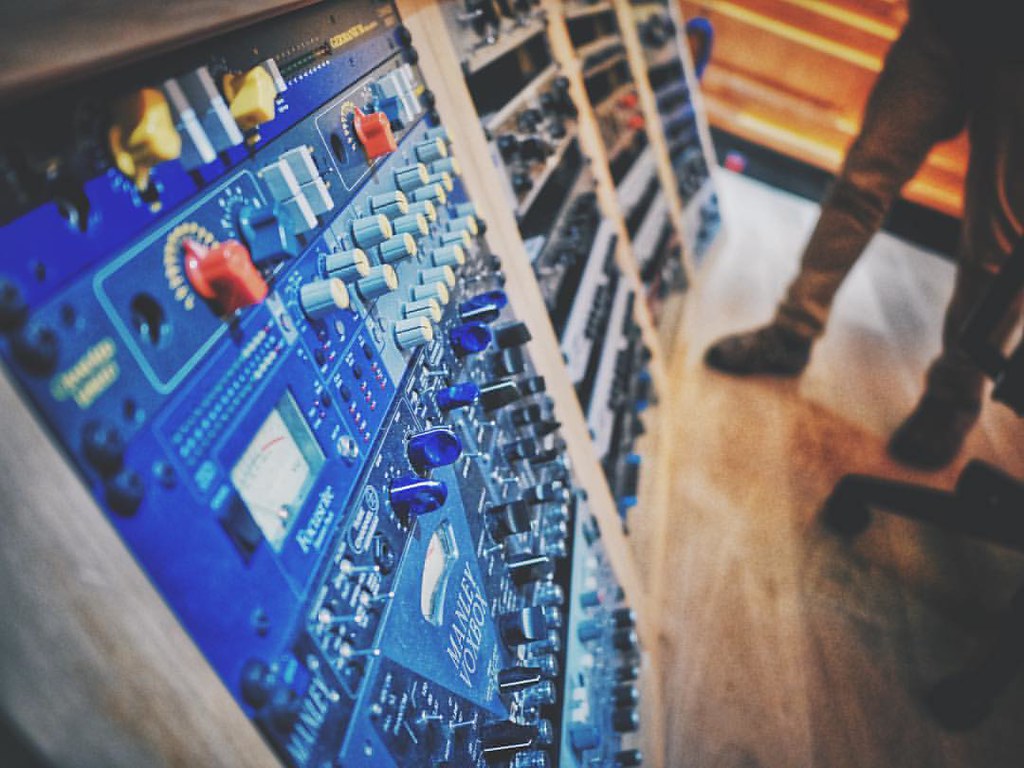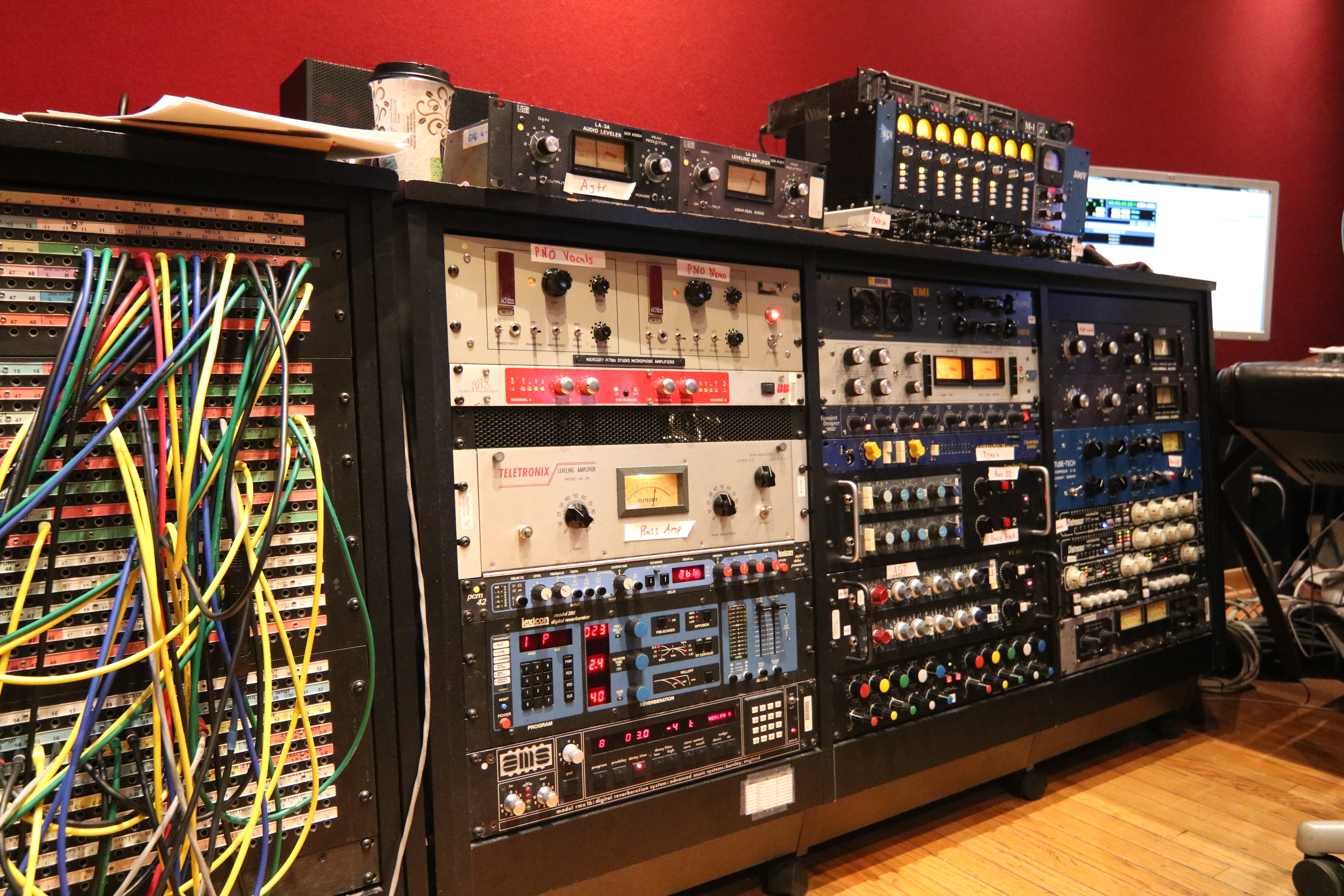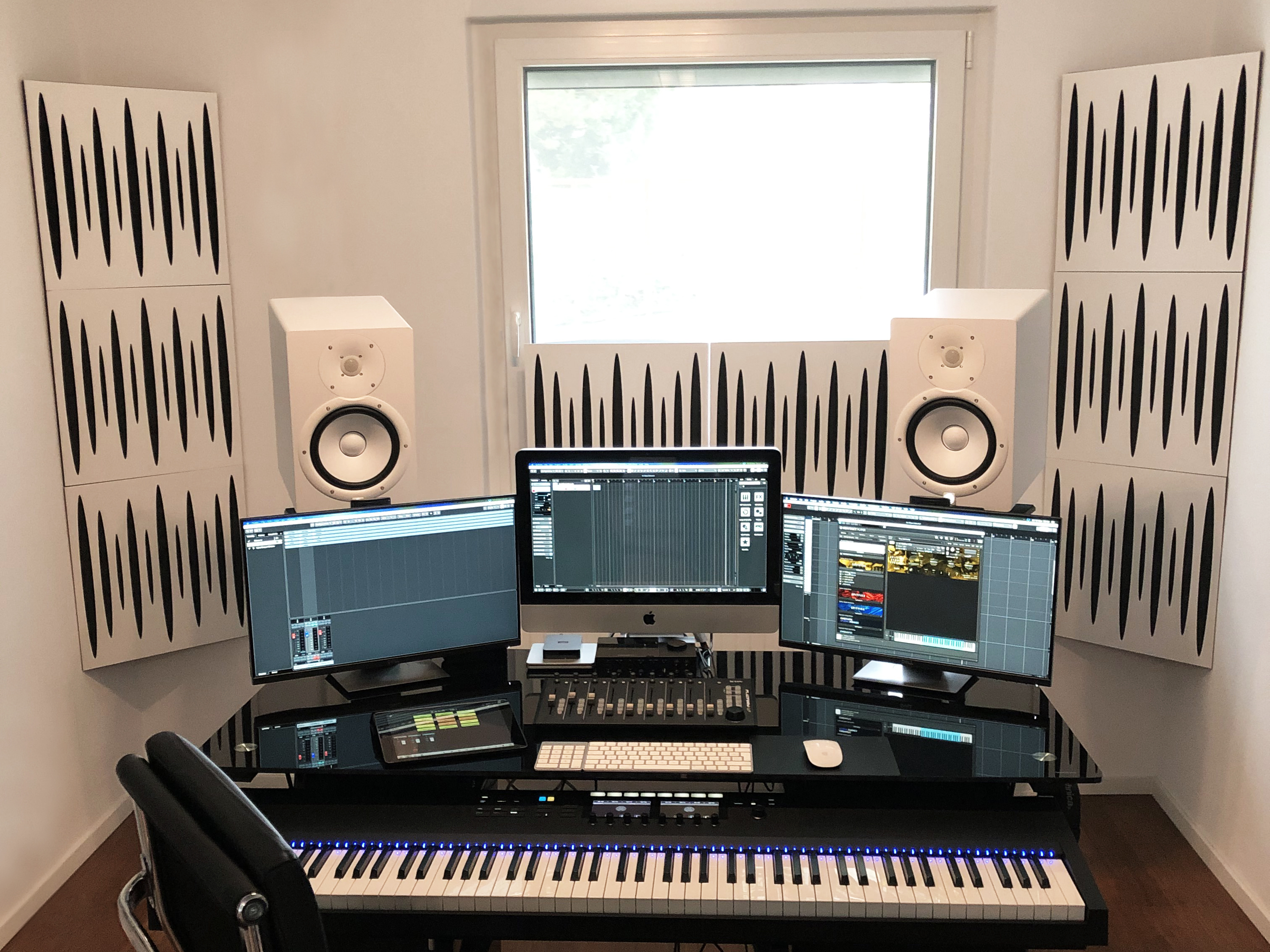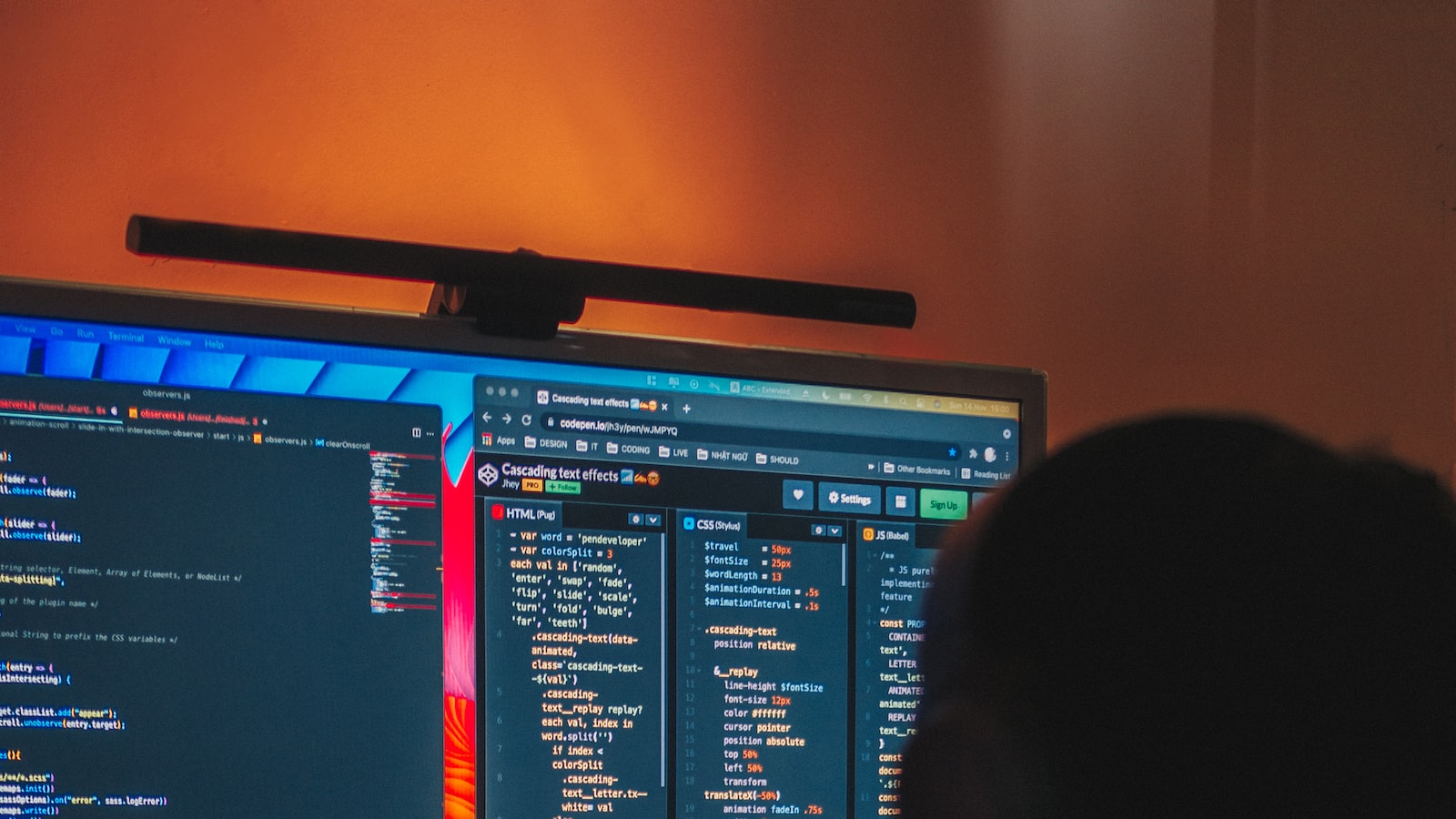
Studio Gear Essentials: A Producer’92s Guide
Are you an aspiring producer ready to record your next big hit? If so, then you’ll need to get familiar with the essential studio gear you’ll need in order to achieve professional-grade sound quality. This guide will help you understand the basics of what gear you should look into to produce top-notch music and ensure that your studio is properly equipped.
1. Investing in Studio Gear: What Are the Essentials?
When it comes to building a home recording studio, the gear you chose to invest in is as important as the sound you are trying to create. Here’s a checklist of the essentials to get you started:
- A Computer: Investing in a powerful computer will give you the power you need to run the software you will need for recording, mixing, and mastering. Be sure to also invest in external hard drives – you will need plenty of storage to accommodate the projects you work on.
- Studio Monitors: Studio monitors are an essential part of any studio. When properly calibrated, they remove any external sound influences and you can accurately shape the sound you are working on.
- Microphones and Preamps: Your microphone and preamp selection should be tailored to the type of music you will be recording. Quality components will help you capture the sound you are looking for.
- MIDI Controllers: MIDI controllers are an essential part of a digital recording studio, allowing you to quickly shape the sounds you record using software. Invest in a quality controller that is easy to use and fits comfortably within your budget.
Having the right gear is only the first step. After you have set up your studio, you will need to learn the technical skills required for recording, editing, mixing, and mastering. Investing in the right tools and learning the skills will prepare you for success in the world of recording.

2. Understanding Quality vs. Budget Gear
When shopping for camping or hiking gear, choosing between quality and budget options can be difficult. It’s important to understand the differences between them in order to make the best decision. Before choosing one or the other, here are two factors to consider:
- Durability – Quality gear will typically last longer, even with regular use. This is especially important if you plan on camping multiple times a year, as budget gear may not withstand exposure to the elements.
- Cost – Quality gear can be more expensive, but you may save money in the long run if it lasts for several years. If you camp infrequently and don’t want to invest in long-term gear, budget options may suit your needs.
No matter what your camping or hiking plans are, consider both the cost and durability of any gear before making a final purchase. It’s essential to have the tools to enjoy your time in the outdoors, but it’s also important to get the most for your money.

3. Building Your Home Studio From the Ground Up
If you’re serious about podcasting, it’s time to set up your home studio. Building a dedicated recording space is essential to ensure top-notch audio quality and comfortable recording sessions. From setting up your recording area to connecting the necessary equipment, here are the steps you need to take:
- Choose the space: Choose a quiet room in your house with enough space to move around. Ideally, choose a room with two access points near power outlets so that you can easily set up and separate audio gear.
- Set up recording equipment: For a basic setup, choose a mixer, microphone, shock mount, and pop filter for excellent sound quality. You’ll also need XLR cables and audio interface for recording.
- Acoustic treatment: Acoustic treatment is the most important step in setting up any recording space. Invest in the necessary materials such as sound-absorbing foam panels for walls in order to reduce unwanted room reflections.
- Organize & store: After investing in all your audio gear, you’ll want to get organized by labeling connections and connecting them to a patchbay, where you can easily store all your equipment.
Once you’ve got the basics nailed down, you can start to optimize your sound quality by trying out different types of mics and other effects and filters. With the right setup, you’ll be able to get the most out of your home studio and start recording amazing podcasts!

4. Recommended Gear for a Modern Home Studio
As the demand for home studios grows, so does the need for reliable and well-suited gear. Here are 4 essential elements of any contemporary home studio setup.
- Audio Interface: This is the main hub for managing and recording audio signals. Audio interfaces come with USB or Thunderbolt connection, allowing multiple inputs for mics and instruments. It processes and converts the signals into a digital format.
- Microphones: They’re an essential tool for any musician. While advanced mics suit studio vocal recordings, there are some great options for capturing more traditional instruments such as guitar, bass, and drums.
Having the right monitoring setup is the key to achieving the best results. Upgrading from a cheap pair of computer speakers is a must. Investing in some studio monitors can make a world of difference in the engineering and mixing process. It’s important to choose monitors that will be suitable for the selected size and type of studio.
- Computer/Software: At the core of any modern home studio is the computer and the right software. Nowadays, there are plenty of great options for beginner producers and musicians. DAWs (Digital Audio Workstations) provide the tools for recording, editing, mixing, and more.
- Cables/Accessories: The last piece of the puzzle is additional cables, stands, and other accessories needed to set up the studio and run it efficiently. Adapters, stands, cables, and microphones are essential components of any successful home studio setup.
No matter if you’re a seasoned producer or just starting out, having the right gear has never been more crucial. Making sure you have the essential studio tools in your arsenal is the first step in taking your production game to the next level. With this guide, we’ve helped provide you with the know-how you need to stay ahead of the curve in today’s music production landscape. So go forth and unleash your creativity!

